Toothpaste hacks – who knew your humble tube of minty freshness held so much untapped potential beyond just keeping your pearly whites sparkling? I’m constantly amazed by the clever ways people are repurposing everyday items, and toothpaste is definitely a star player in the DIY game.
For generations, toothpaste has been a bathroom staple, evolving from simple powders to the sophisticated formulas we know today. But its uses extend far beyond oral hygiene. Think about it: the mild abrasives, detergents, and antibacterial properties that make it effective for cleaning teeth can also work wonders around the house and garden!
Let’s be honest, we all love a good shortcut, especially when it comes to tackling those pesky little problems that pop up around the home. Why spend a fortune on specialized cleaners or tools when you can achieve amazing results with something you already have on hand? That’s where these toothpaste hacks come in. From polishing silverware to removing stains, these simple tricks will save you time, money, and a whole lot of frustration. Get ready to unlock the hidden potential of your toothpaste and discover a world of DIY possibilities!
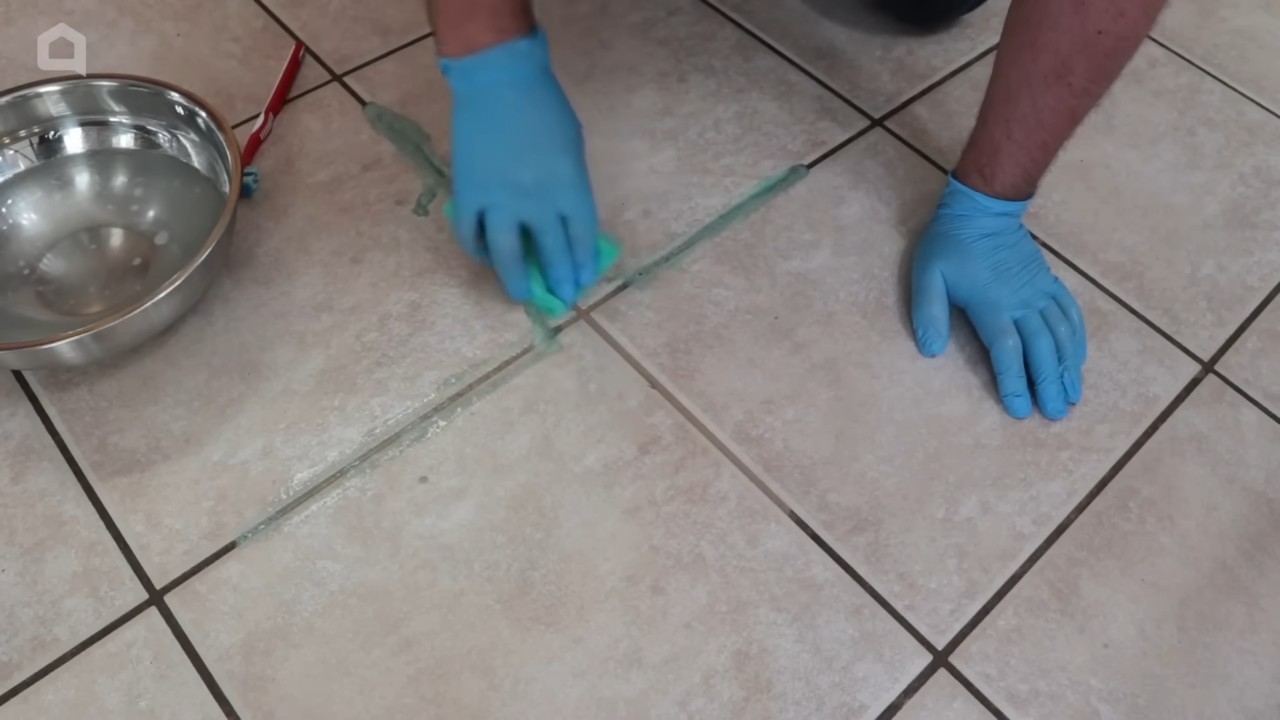
Toothpaste Hacks You’ll Actually Use (And Love!)
Okay, let’s be honest. We all know toothpaste is for brushing our teeth, right? But what if I told you that humble tube of minty freshness is actually a secret weapon against all sorts of household woes? I’ve been experimenting with toothpaste hacks for a while now, and I’m ready to share the ones that *actually* work. Forget the internet myths – these are tried, tested, and guaranteed to make your life a little easier (and maybe even a little brighter!).
Cleaning and Polishing Powerhouse
Toothpaste isn’t just for teeth; it’s a mild abrasive, making it perfect for cleaning and polishing certain surfaces. Just remember to use a *non-gel* toothpaste for these hacks, as the gel kind doesn’t have the same abrasive properties.
Polishing Silverware
Tarnished silverware can be a real eyesore, especially when you’re trying to impress guests. But don’t worry, you don’t need fancy silver polish! Toothpaste to the rescue!
1. Gather your supplies: You’ll need your tarnished silverware, a tube of non-gel toothpaste, a soft cloth (microfiber works best), warm water, and a clean, dry cloth.
2. Apply the toothpaste: Squeeze a small amount of toothpaste onto the soft cloth. You don’t need a ton – a pea-sized amount is usually enough for a small piece of silverware.
3. Gently rub the silverware: Using the cloth with toothpaste, gently rub the tarnished areas of the silverware. Use circular motions and apply a little pressure. You’ll start to see the tarnish lifting away.
4. Rinse thoroughly: Once you’ve polished the silverware, rinse it thoroughly with warm water to remove all traces of toothpaste.
5. Dry and buff: Use a clean, dry cloth to dry the silverware completely. Buff it gently to bring out the shine. Voila! Sparkling silverware!
Cleaning Jewelry (With Caution!)
Okay, this one comes with a *big* caveat. Toothpaste can be great for cleaning *some* jewelry, but it’s *not* suitable for all types. Avoid using toothpaste on pearls, opals, or any soft or porous gemstones. It can scratch or damage them. However, for diamonds, gold, and platinum, toothpaste can work wonders.
1. Identify your jewelry: Make sure your jewelry is suitable for toothpaste cleaning. Remember, no pearls, opals, or soft stones!
2. Prepare the toothpaste: Squeeze a tiny amount of non-gel toothpaste onto a soft-bristled toothbrush (an old toothbrush works perfectly).
3. Gently scrub: Gently scrub the jewelry with the toothbrush, paying attention to any areas with dirt or grime. Be very gentle, especially around settings.
4. Rinse thoroughly: Rinse the jewelry thoroughly with warm water to remove all traces of toothpaste.
5. Dry and buff: Use a clean, soft cloth to dry the jewelry completely. Buff it gently to bring out the shine.
Removing Water Rings from Wood Furniture
Those dreaded water rings on your wooden furniture are the bane of every homeowner’s existence. But before you panic, try this toothpaste trick!
1. Gather your supplies: You’ll need non-gel toothpaste, a soft cloth, and a slightly damp cloth.
2. Apply the toothpaste: Apply a small amount of toothpaste directly to the water ring.
3. Gently rub: Gently rub the toothpaste into the water ring using the soft cloth. Use circular motions and apply gentle pressure.
4. Wipe away the toothpaste: Use the slightly damp cloth to wipe away the toothpaste residue.
5. Dry and buff: Use a clean, dry cloth to dry the area completely. Buff it gently to restore the shine. You might need to repeat this process a few times for stubborn water rings.
Cleaning Chrome Fixtures
Chrome fixtures in your bathroom and kitchen can easily become dull and stained. Toothpaste can bring back their shine!
1. Gather your supplies: You’ll need non-gel toothpaste, a soft cloth, and warm water.
2. Apply the toothpaste: Apply a small amount of toothpaste to the chrome fixture.
3. Rub and scrub: Use the soft cloth to rub and scrub the fixture, paying attention to any areas with stains or water spots.
4. Rinse thoroughly: Rinse the fixture thoroughly with warm water to remove all traces of toothpaste.
5. Dry and buff: Use a clean, dry cloth to dry the fixture completely. Buff it gently to bring out the shine.
Beauty and Personal Care Hacks
Believe it or not, toothpaste can also be used for a few beauty and personal care tricks. But again, proceed with caution and always test on a small area first!
Spot Treatment for Blemishes
This is probably the most well-known toothpaste hack. Toothpaste can help dry out blemishes and reduce inflammation.
1. Cleanse your skin: Before applying toothpaste, cleanse your skin thoroughly.
2. Apply a small amount: Apply a small dab of non-gel toothpaste directly to the blemish.
3. Leave it on overnight: Leave the toothpaste on overnight.
4. Rinse in the morning: In the morning, rinse the toothpaste off with warm water.
5. Moisturize: Apply a moisturizer to the area, as toothpaste can be drying.
Important Note: This hack can be drying and irritating for some skin types. If you have sensitive skin, use this sparingly or avoid it altogether. And *never* use whitening toothpaste on your skin, as it can be too harsh.
Soothing Minor Burns
Toothpaste can provide temporary relief from minor burns by cooling the skin.
1. Cool the burn: Immediately cool the burn under cold running water for several minutes.
2. Apply a thin layer: Apply a thin layer of non-gel toothpaste to the burn.
3. Leave it on: Leave the toothpaste on until it dries.
4. Rinse gently: Rinse the toothpaste off gently with cool water.
Important Note: This is only for minor, superficial burns. For serious burns, seek medical attention immediately.
Defogging Bathroom Mirrors
Tired of foggy bathroom mirrors after a hot shower? Toothpaste can help!
1. Apply a thin layer: Apply a thin layer of non-gel toothpaste to the mirror.
2. Wipe it off: Wipe the toothpaste off with a damp cloth.
3. Buff it dry: Buff the mirror dry with a clean, dry cloth.
This will create a temporary barrier that prevents the mirror from fogging up.
Other Unexpected Uses
These are some of the more unusual, but surprisingly effective, toothpaste hacks I’ve discovered.
Removing Crayon Marks from Walls
Kids and crayons – a classic combination that often results in colorful artwork on your walls. Toothpaste can help remove those crayon marks!
1. Apply the toothpaste: Apply a small amount of non-gel toothpaste to the crayon marks.
2. Gently rub: Gently rub the toothpaste into the crayon marks using a soft cloth.
3. Wipe away the toothpaste: Wipe away the toothpaste residue with a damp cloth.
4. Dry the wall: Dry the wall with a clean, dry cloth.
Cleaning Sneakers
Dirty sneakers can make even the most stylish outfit look sloppy. Toothpaste can help clean and brighten your sneakers.
1. Prepare your sneakers: Remove any loose dirt or debris from your sneakers.
2. Apply the toothpaste: Apply a small amount of non-gel toothpaste to a toothbrush or cloth.
3. Scrub the sneakers: Scrub the sneakers with the toothbrush or cloth, paying attention to any areas with dirt or stains.
4. Rinse thoroughly: Rinse the sneakers thoroughly with warm water to remove all traces of toothpaste.
5. Air dry: Allow the sneakers to air dry completely.
Removing Scuff Marks from Leather Shoes
Scuff marks on leather shoes can be frustrating. Toothpaste can help remove them and restore the shine.
1. Apply the toothpaste: Apply a small amount of non-gel toothpaste to a soft cloth.
2. Gently rub: Gently rub the toothpaste into the scuff marks using the cloth.
3. Wipe away the toothpaste: Wipe away the toothpaste residue with a damp cloth.
4. Buff the shoes: Buff the shoes with a clean, dry cloth to restore the shine.
Important Reminders
Before you go crazy with these toothpaste hacks, here are a few important things to keep in mind:
* Always use non-gel toothpaste: Gel toothpaste doesn’t have the same abrasive properties and won’t work as well for most of these hacks.
* Test on a small area first: Before
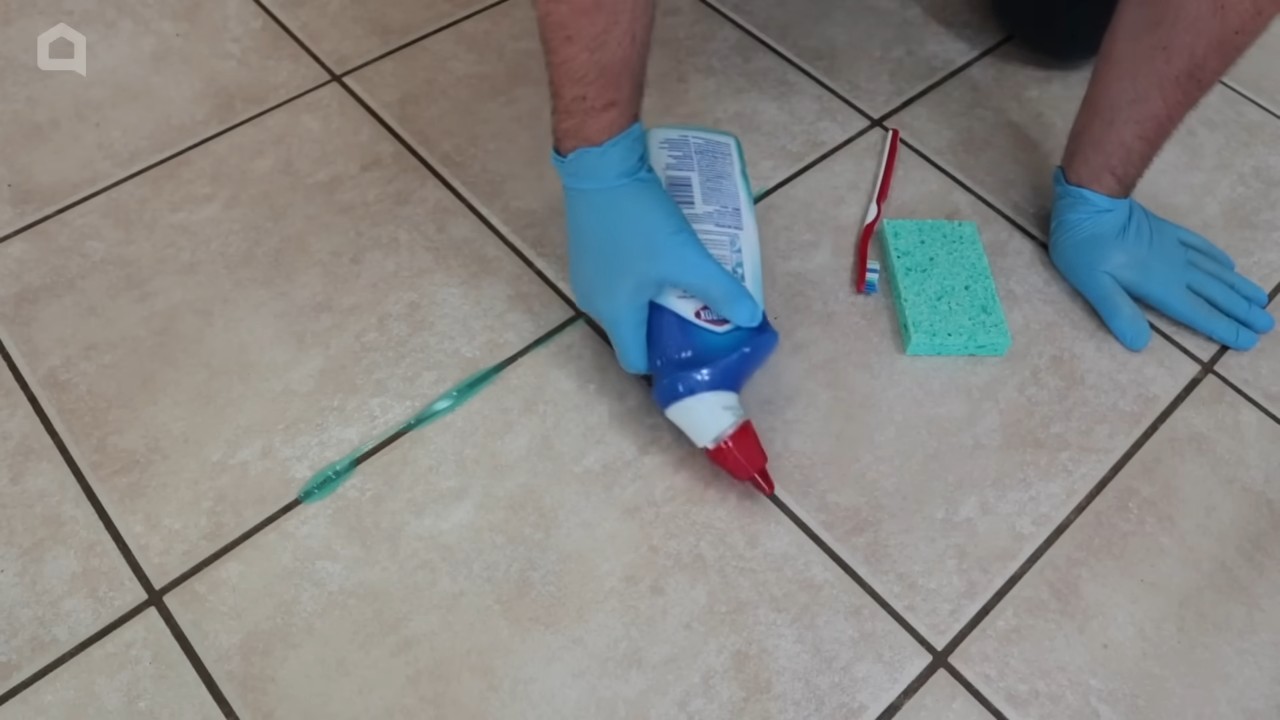
Conclusion
So, there you have it! These toothpaste hacks are more than just quirky internet trends; they’re practical, cost-effective solutions to everyday problems. From sparkling jewelry to stain-free surfaces, the versatility of toothpaste extends far beyond just oral hygiene. We’ve explored how this humble tube of paste can become your secret weapon against stubborn stains, tarnished silver, and even minor skin blemishes.
But why should you bother trying these DIY tricks? Because they work! They offer a simple, accessible alternative to expensive cleaning products and specialized solutions. Imagine the satisfaction of restoring your favorite silver necklace to its original shine with just a dab of toothpaste, or effortlessly removing a crayon masterpiece from your freshly painted wall. These are the small victories that make life a little easier and a lot more rewarding.
And the best part? You probably already have everything you need right in your bathroom cabinet. No need to run to the store for specialized chemicals or complicated equipment. Just a tube of toothpaste and a little elbow grease are all it takes to unlock a world of possibilities.
Don’t be afraid to experiment and adapt these techniques to your specific needs. For instance, if you’re dealing with particularly stubborn stains, try letting the toothpaste sit for a longer period before wiping it away. Or, if you’re cleaning delicate surfaces, opt for a non-abrasive toothpaste and a soft cloth to avoid scratching.
Consider these variations to enhance your experience:
* **For extra cleaning power:** Mix a small amount of baking soda with your toothpaste for a gentle abrasive boost. This is particularly effective for cleaning grout or removing stubborn stains from shoes.
* **For a refreshing scent:** Choose a toothpaste with a strong minty fragrance to leave your cleaned items smelling fresh and clean.
* **For sensitive surfaces:** Opt for a gel toothpaste, which is generally less abrasive than traditional paste. Always test in an inconspicuous area first.
* **For polishing chrome:** A small amount of toothpaste can work wonders on chrome fixtures, leaving them sparkling and free of water spots.
We’re confident that once you try these toothpaste hacks, you’ll be amazed by their effectiveness and versatility. They’re a game-changer for anyone looking for simple, affordable, and eco-friendly solutions to everyday problems.
Now, it’s your turn! We encourage you to try these **toothpaste hacks** and see the magic for yourself. Don’t just take our word for it – experience the difference firsthand. And most importantly, share your results with us! We’d love to hear about your successes, your challenges, and any creative variations you come up with. Let’s build a community of toothpaste-hacking enthusiasts and discover even more amazing uses for this everyday essential. Share your photos and stories in the comments below – we can’t wait to see what you create!
Frequently Asked Questions (FAQ)
Is it safe to use toothpaste on all surfaces?
No, it’s not. While toothpaste is generally safe for many surfaces, it’s crucial to exercise caution and test in an inconspicuous area first. Abrasive toothpastes can scratch delicate materials like painted surfaces, certain plastics, and soft metals. Always opt for a non-abrasive toothpaste, preferably a gel formula, when cleaning sensitive items. Avoid using toothpaste on porous materials like unsealed wood or natural stone, as it can be difficult to remove completely. When in doubt, consult the manufacturer’s instructions for the item you’re cleaning.
What type of toothpaste is best for cleaning?
The best type of toothpaste for cleaning depends on the specific task. For general cleaning purposes, a plain white toothpaste is usually sufficient. Avoid using whitening toothpastes, as they often contain harsh abrasives that can damage delicate surfaces. Gel toothpastes are generally less abrasive than paste toothpastes and are a good choice for cleaning sensitive items. For tougher cleaning jobs, you can add a small amount of baking soda to your toothpaste for extra scrubbing power. Always read the ingredients list and choose a toothpaste that is free of harsh chemicals or dyes.
Can I use toothpaste to remove stains from clothing?
Toothpaste can be effective for removing certain types of stains from clothing, particularly oil-based stains. However, it’s important to act quickly and test the toothpaste on a hidden area of the fabric first. Apply a small amount of toothpaste to the stain and gently rub it in with a soft cloth. Let it sit for a few minutes, then rinse thoroughly with cold water. Avoid using toothpaste on delicate fabrics like silk or wool, as it can damage the fibers. For stubborn stains, you may need to repeat the process or try a different stain remover.
Will toothpaste damage my jewelry?
Toothpaste can be used to clean certain types of jewelry, such as silver and gold, but it’s important to use caution and avoid using it on delicate or porous gemstones. Abrasive toothpastes can scratch soft metals and damage the surface of gemstones like pearls, opals, and emeralds. To clean your jewelry with toothpaste, apply a small amount to a soft cloth and gently rub it over the surface. Rinse thoroughly with warm water and dry with a clean cloth. For delicate jewelry, consider using a specialized jewelry cleaner instead.
How long should I leave toothpaste on a stain before wiping it off?
The amount of time you should leave toothpaste on a stain depends on the severity of the stain and the surface you’re cleaning. For light stains, a few minutes may be sufficient. For tougher stains, you may need to let the toothpaste sit for up to 30 minutes. Always check the area periodically to ensure that the toothpaste is not damaging the surface. Once the stain has been removed, rinse thoroughly with water and dry with a clean cloth.
Can I use toothpaste to clean my car headlights?
Yes, toothpaste can be used to clean cloudy or yellowed car headlights. The mild abrasives in toothpaste can help to remove oxidation and restore clarity to the plastic lens. To clean your headlights with toothpaste, apply a generous amount to the lens and rub it in with a soft cloth in a circular motion. Rinse thoroughly with water and dry with a clean cloth. You may need to repeat the process several times to achieve the desired results.
Is it safe to use toothpaste on my skin?
While some people use toothpaste as a spot treatment for acne, it’s generally not recommended to use it on your skin. Toothpaste can be harsh and drying, and it can irritate sensitive skin. It can also disrupt the skin’s natural pH balance and lead to breakouts. If you’re looking for a spot treatment for acne, consider using a product specifically designed for that purpose.
What are the environmental considerations of using toothpaste for cleaning?
While toothpaste can be a convenient and affordable cleaning solution, it’s important to consider the environmental impact. Many toothpastes contain ingredients that can be harmful to the environment, such as triclosan and microplastics. When using toothpaste for cleaning, try to use a small amount and avoid rinsing it down the drain. Consider choosing a toothpaste that is made with natural ingredients and packaged in recyclable materials.


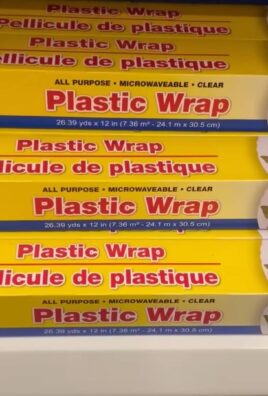
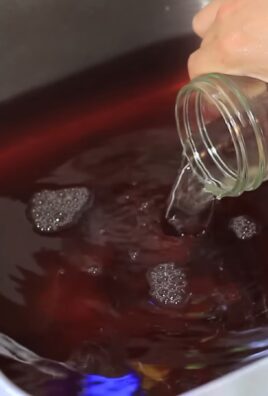
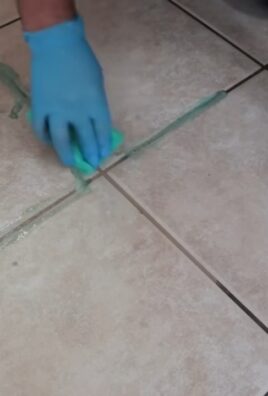
Leave a Comment